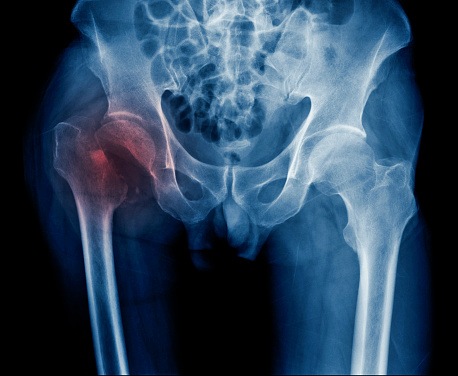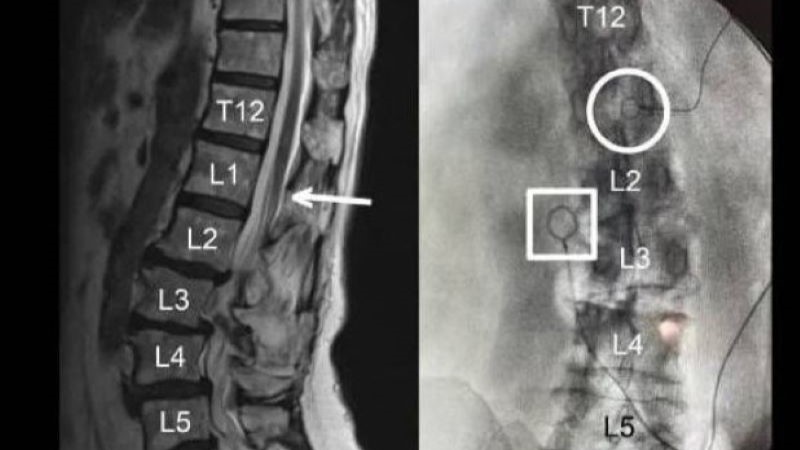
A study published in JAMA Network Open observed a significant correlation between patients taking multiple fracture-associated drugs (FADs) and the risk for sustaining a fracture.
“With older adults consuming, on average, five medications simultaneously, we suspected that a good number of seniors are likely to use more than one of these fracture-associated drugs at a time,” said lead study author Rebecca Emeny, PhD, MPH, a research scientist at The Dartmouth Institute for Health Policy and Clinical Practice, in a press release. “We wanted to determine how that increased exposure would impact their risk for hip fractures, which are among the most painful, debilitating, deadly, and costly fractures one can experience.”
This was a cohort study in which researchers evaluated a 20% random sample of Medicare data for age-eligible Medicare beneficiaries spanning 2004 through 2014. Analyses were conducted to determine the risk of hip fracture associated with patients taking one, two, or three or more FADs, as well as a separate analysis of the risk associated with each of the 21 FADs and two-way combination versus no use of FADs. The primary outcome measure was hospitalization for hip fracture.
Drug Combos Increase Fracture Risk
Final analysis included 11.3 million person-years of data encompassing 2,646,255 patients (mean [SD] age, 77.2 [7.3] years; 1,615,613 [61.1%] were female; 2,136,585 [80.7%] were white). A total of 2,827,284 person-years (25.1%) included exposure to one FAD, 1,322,296 (11.7%) involved two fFADs, and 954,506 (8.5%) involved three or more FADs. In adjusted analyses, women had a higher risk for hip fracture when taking one (hazard ratio [HR], 2.04%; 95% CI, 1.99 to 2.11; P < 0.001), two (HR, 2.86; 95% CI, 2.77 to 2.95; P < 0.001), or three or more FADs (HR, 4.50; 95% CI, 4.36 to 4.65; P < 0.001); this increased risk was slightly elevated when analyzing male patient data (HR, 2.23; 95% CI, 2.11 to 2.36; P < 0.001; HR, 3.40; 95% CI, 3.20 to 3.61; P < 0.001; and HR, 5.18; 95% CI, 4.87 to 5.52; P < 0.001, respectively).
In female patient analyses, a correlation was observed between two individual FADs and HRs greater than 3.00—this threshold was surpassed in 80 drug pairs. The authors identified certain combinations with significantly increased risks: sedative hypnotics plus opioids (HR, 4.90; 95% CI, 3.98 to 6.02; P < 0.001), serotonin reuptake inhibitors plus benzodiazepines (HR, 4.50; 95% CI, 3.76 to 5.38; P < 0.001), and proton pump inhibitors plus opioids (HR, 4.00; 95% CI, 3.56 to 4.49; P < 0.001). Women taking non-FADs were slightly less likely to sustain fracture compared to women who were not receiving non-FADs: one non-FAD: HR, 0.93 (95% CI, 0.90 to 0.96; P < 0.001); two non-FADs: HR, 0.84 (95% CI, 0.81 to 0.87; P < 0.001); and three or more non-FADs: HR, 0.74 (95% CI, 0.72 to 0.77; P < 0.001).
“Our findings suggested a need to update and refine our conceptual approach to identifying problematic drug regimens, moving past count and appropriateness in favor of nuanced considerations of overlapping risks and benefits,” the researchers wrote in their conclusion, adding, “Studies such as ours could inform, justify, and prioritize carefully designed, narrowly targeted human RCTs that quantify comparative risk of treatment alternatives.”







 © 2025 Mashup Media, LLC, a Formedics Property. All Rights Reserved.
© 2025 Mashup Media, LLC, a Formedics Property. All Rights Reserved.